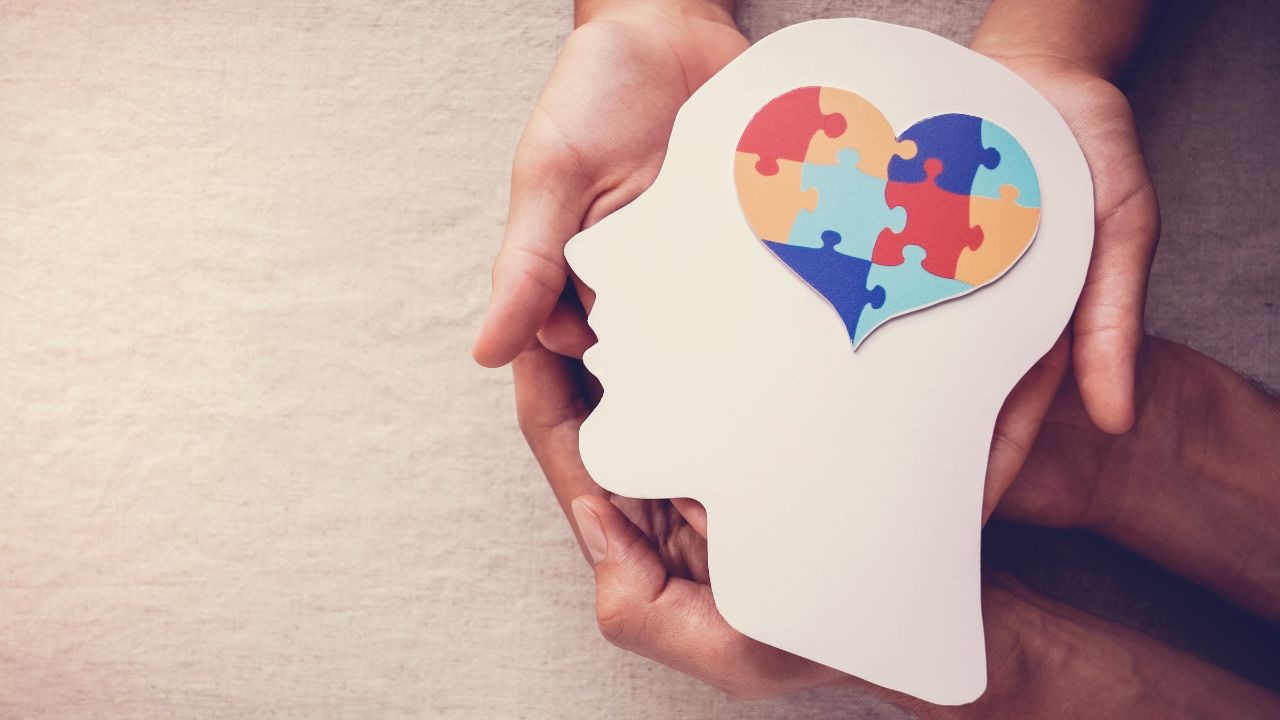Changing Your Brain: Your Guide To Self-Directed Neuroplasticity

![]()
Self-directed neuroplasticity refers to the intentional and purposeful modulation of the brain's neural structure and function through various activities and practices (1). The human brain's remarkable ability to change and adapt, known as neuroplasticity, has been widely studied and established in neuroscience (2).
The concept of self-directed neuroplasticity highlights that we can purposefully influence our brain's neuroplasticity to enhance various cognitive functions and emotional well-being (3). In this guide, we will discuss the benefits of self-directed neuroplasticity and offer a range of tips for practicing it effectively.
Benefits of Self-Directed Neuroplasticity
Cognitive Enhancement
One of the primary benefits of self-directed neuroplasticity is cognitive enhancement. Cognitive functions, such as attention, memory, and executive functions, can be improved through targeted practices and activities (4).
For example, working memory, a vital cognitive function that allows individuals to hold and manipulate information for short periods, can be improved through adaptive training (such as Dual N-Back), leading to enhanced fluid intelligence (5). Similarly, mindfulness meditation has been found to improve attention and cognitive flexibility (6,7).
Emotional Well-being
Practicing self-directed neuroplasticity can also lead to improved emotional well-being. Techniques such as mindfulness meditation and cognitive behavioral therapy (CBT) have been shown to promote neuroplastic changes in brain areas associated with emotion regulation and stress reduction (8,9).
For instance, practicing mindfulness meditation can increase the size and connectivity of the prefrontal cortex and the anterior cingulate cortex, brain regions associated with executive functions and emotional regulation (10,11). Similarly, CBT has been found to alter brain activity patterns in patients with anxiety and depression, promoting better emotion regulation and reduced symptoms (9).
Resilience
Self-directed neuroplasticity can also foster resilience, the ability to adapt and recover from stress, adversity, or trauma. The development of resilience is associated with changes in the brain's structure and function, particularly in regions related to stress response and emotion regulation (3).
Mindfulness-based stress reduction (MBSR) has been shown to enhance resilience by promoting neuroplastic changes in the amygdala, hippocampus, and prefrontal cortex, leading to reduced stress reactivity and improved emotion regulation (8,12).
Neurorehabilitation
Finally, self-directed neuroplasticity can play a crucial role in neurorehabilitation for individuals recovering from brain injuries or neurological disorders. Techniques such as constraint-induced movement therapy (CIMT) for stroke patients have been found to facilitate neuroplastic changes, resulting in improved motor function and recovery (13,14).
Similarly, cognitive remediation therapy (CRT) has shown promise in enhancing cognitive functions in patients with traumatic brain injuries and other neurological disorders by promoting neuroplastic changes (15,16).
Practicing Self-Directed Neuroplasticity
Mindfulness Meditation
Mindfulness meditation is a practice that involves focusing on the present moment non-judgmentally and can promote neuroplastic changes associated with cognitive enhancement, emotional well-being, and resilience (6,8). To practice mindfulness meditation, follow these steps:
- Find a quiet and comfortable place to sit or lie down
- Close your eyes and bring your attention to your breath
- When your mind wanders, gently bring your focus back to your breath
- Practice for at least 10-20 minutes daily to experience its benefits
Cognitive Training
Cognitive training involves engaging in tasks or activities designed to challenge and improve cognitive functions such as memory, attention, and executive functions (4). Some cognitive training tips include:
- Participate in brain training programs or apps that target specific cognitive functions
- Engage in challenging activities such as puzzles, crosswords, or Sudoku
- Learn a new skill or language to stimulate cognitive growth
Physical Exercise
Regular physical exercise has been shown to promote neuroplastic changes in the brain, improving cognitive function and emotional well-being (17,18). To maximize the benefits of exercise:
- Engage in at least 150 minutes of moderate-intensity aerobic exercise per week
- Include strength training exercises in your routine
- Consider engaging in mind-body exercises such as yoga or tai chi for additional cognitive benefits
Sleep and Stress Management
Adequate sleep and effective stress management are essential for promoting neuroplasticity (19,20). To enhance sleep quality and reduce stress:
- Establish a consistent sleep schedule and aim for 7-9 hours of sleep per night
- Create a relaxing bedtime routine and avoid screen time before sleep
- Practice relaxation techniques such as deep breathing, progressive muscle relaxation, or guided imagery to manage stress
Social Engagement
Social interaction and engagement can promote neuroplasticity by stimulating cognitive and emotional functions (21). To maintain social connections:
- Cultivate relationships with friends, family, and colleagues
- Participate in group activities, clubs, or classes that interest you
- Volunteer or engage in community activities
Nutrition
A balanced diet rich in nutrients that promote brain health can support neuroplasticity (22). To optimize nutrition for brain health:
- Consume a diet rich in fruits, vegetables, and lean protein sources
- Include foods rich in omega-3 fatty acids, such as fatty fish and walnuts
- Limit intake of processed foods, trans fats, and added sugars
Cognitive Behavioral Therapy (CBT)
CBT is a structured form of psychotherapy that helps individuals identify and change maladaptive thoughts and behaviors (23). To incorporate CBT principles in daily life:
- Seek professional guidance from someone experienced in CBT
- Practice self-monitoring of thoughts and emotions to identify patterns
- Develop and apply adaptive coping strategies to replace maladaptive thoughts and behaviors
Gratitude Practice
Cultivating gratitude has been associated with improved emotional well-being and neuroplasticity (24). To practice gratitude:
- Maintain a daily gratitude journal to record things you are grateful for
- Express gratitude to others through verbal or written communication
- Reflect on positive experiences and accomplishments regularly
Neurofeedback
Neurofeedback is a non-invasive technique that uses real-time monitoring of brain activity to provide feedback and promote self-regulation (25). To explore neurofeedback:
- Seek guidance from a trained professional in neurofeedback therapy
- Participate in a customized neurofeedback program tailored to your specific needs and goals
- Practice the skills learned during neurofeedback sessions to enhance self-regulation and cognitive function
Self-directed neuroplasticity offers a powerful approach to enhancing cognitive function, emotional well-being, resilience, and neurorehabilitation. By engaging in practices such as mindfulness meditation, cognitive training, physical exercise, sleep and stress management, social engagement, and other approaches like proper nutrition, cognitive behavioral therapy, gratitude practice, and neurofeedback, we can purposefully influence our brain's neuroplasticity and improve many aspects of our lives.
Further Resources
- The Brain That Changes Itself: Stories of Personal Triumph from the Frontiers of Brain Science. (Doidge, N., 2007). Penguin Books.
- Train Your Mind, Change Your Brain: How a New Science Reveals Our Extraordinary Potential to Transform Ourselves. (Begley, S., 2007). Ballantine Books.
- Buddha's Brain: The Practical Neuroscience of Happiness, Love, and Wisdom. (Hanson, R., 2009). New Harbinger Publications.
- Mindfulness-Based Stress Reduction (MBSR) training programs





